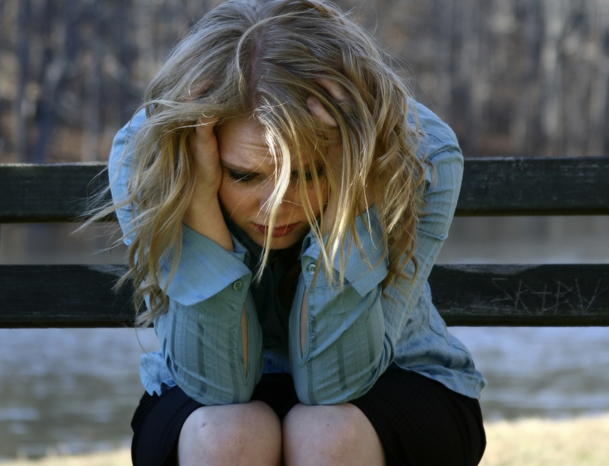INTERVENTIONS following youth suicide should last longer and be school-wide rather than concentrated on the deceased youth’s close friends, say the authors of new Canadian research backed by leading Australian experts.
Professor Philip Hazell, head of psychiatry at the University of Sydney, told MJA InSight that even though the authors of the research, published in CMAJ, had drawn conclusions that were “a little overblown” he agreed with their basic findings that interventions after a youth suicide should take a whole-of-school approach. (1)
“Youth suicide rates have been declining not increasing, but it is still an important problem”, Professor Hazell said.
“This paper is elegant, has a large dataset and immense power, so even small effects are going to be statistically significant, but I do think the authors got a little overexcited.”
The article used baseline data from the Canadian National Longitudinal Survey of Children and Youth between 1998–1999 and 2006–2007 with follow-up assessments 2 years later, and included 8766 young people aged 12–13 years, 7802 aged 14–15 years and 5496 aged 16–17 years.
They found that exposure to a schoolmate’s suicide was associated with suicidal ideation at baseline in all age groups — but particularly in the 12-13 years bracket — and with suicide attempts in all age groups. Personally knowing someone who died by suicide was associated with suicidality outcomes for all age groups. Results were persistent at the 2-year follow-up.
Interestingly, they found that “among those who reported a schoolmate’s suicide, personally knowing the decedent did not alter the risk of suicidality”.
“Our results support school-wide interventions over current targeted interventions, particularly over strategies that target interventions toward children closest to the decedent”, they wrote.
Professor Hazell agreed that the take-home message from the research was that postventions needed to be wider and longer.
“Rather than rushing in to debrief the kids who were closest to the person who committed suicide, it is better to take a whole-of-school approach”, he said.
“Australia has been good at this for a while now, with a number of strategies in place, like MindMatters, beyondblue and the Black Dog Institute, and schools adopted them and they’re in play still.”
Dr Michael Dudley, conjoint lecturer in psychiatry at the University of NSW and co-chairperson of Suicide Prevention Australia, told MJA InSight that he agreed with an editorial in CMAJ which said “there is mounting evidence that exposure to suicide in some form can lead to imitative or ‘copycat’ suicides”. (2)
“Young people, in distinction to adults, are generally regarded as more prone to peer influences”, Dr Dudley said.
“All students therefore in the peer group should be considered for intervention. However, what the authors do not sufficiently emphasise in my opinion is that it also suggests the need for school and other staff to be aware of this as an enduring risk factor.
“These are not just short-term effects.
“In clinical history-taking or for mental health professionals more generally, including school counsellors, it is very important to ask about exposure to suicide, and whether or to what extent this is still distressing to the young person.
“Always — always — ask the question.”

 more_vert
more_vert